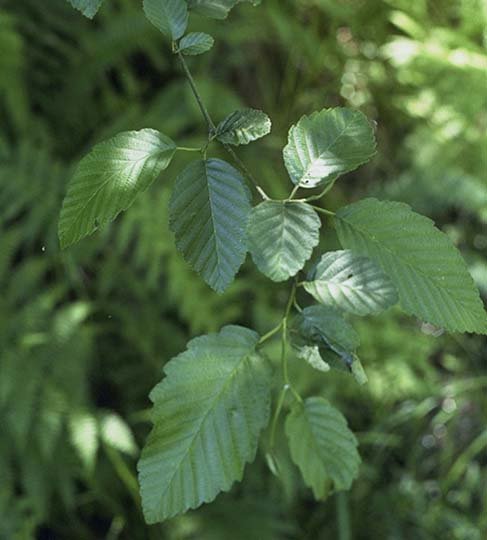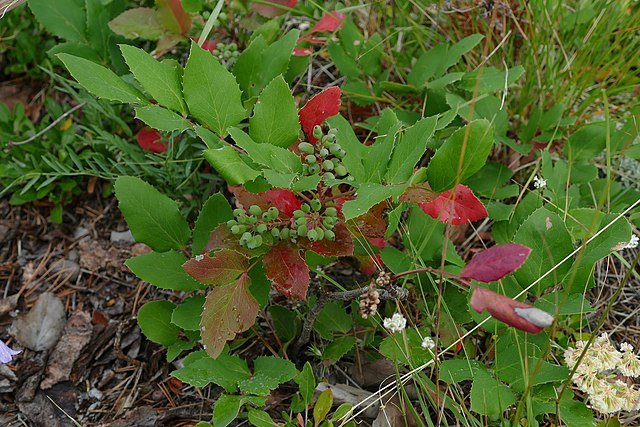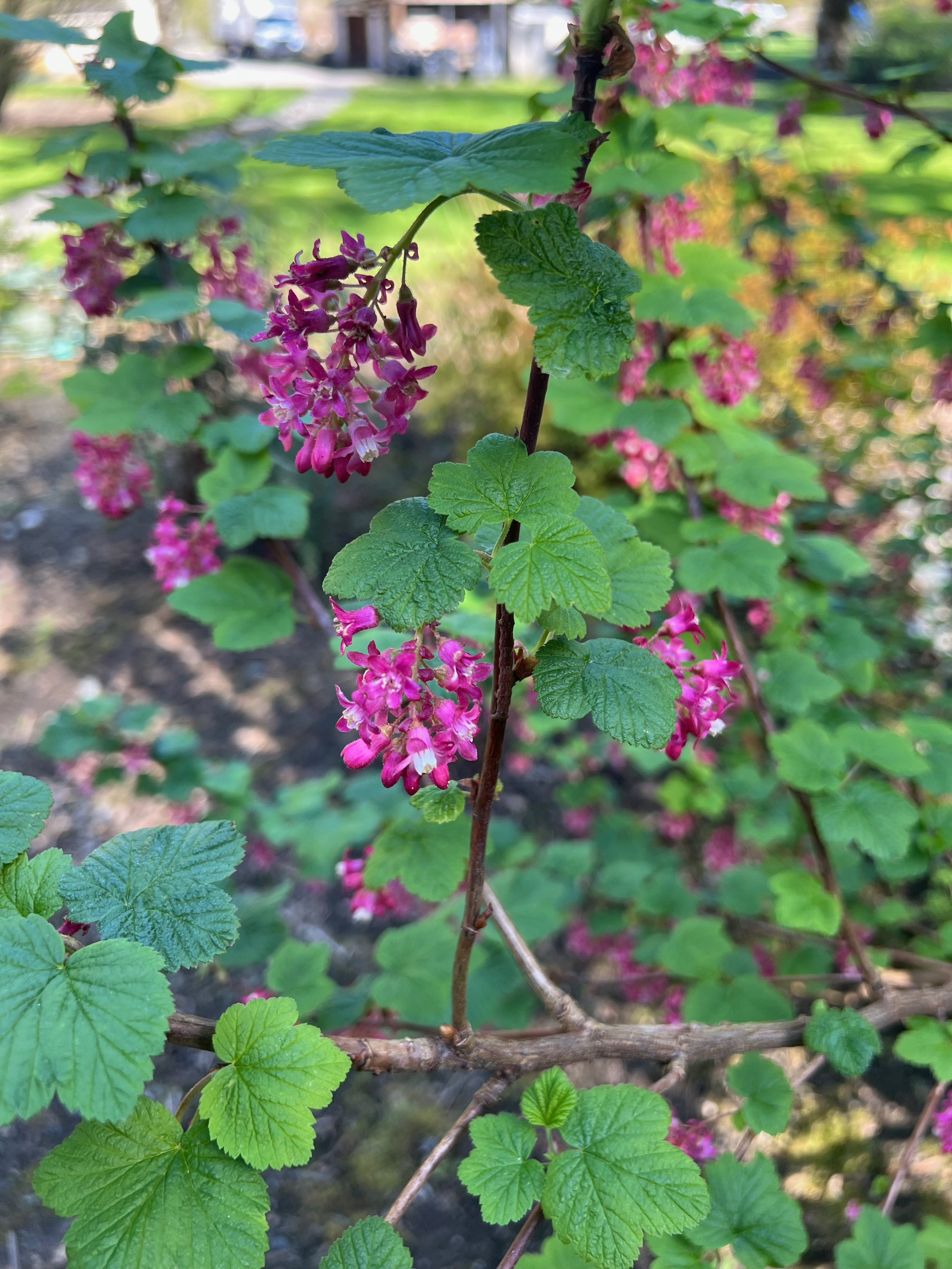The Puget Sound Native Plant Guide
The Puget Sound region is a place of unique beauty and diversity, featuring a rich array of native plant species that are well-adapted to the area's climate and topography.
In this guide, readers will learn about native plant species of the region, including trees, shrubs, wildflowers, and ferns, as well as the ecological benefits they provide, such as supporting pollinators and providing habitat for wildlife.
Additionally, readers will find guidance on designing with native plants and creating low-maintenance landscapes that harmonize with the local environment.
Finally, the guide will cover restoration strategies for native plant habitats, including planting and management techniques. The guide's goal is to inspire readers to explore the beauty and diversity of the Puget Sound region and to appreciate the critical role that native plants play in supporting a healthy and vibrant ecosystem.
-

Forests
The forests of the Puget Sound region are some of the most beautiful and diverse in the world. From the towering old-growth trees of the Olympic Peninsula to the lush evergreen forests that line the shores of the Puget Sound, these forests provide habitat for a vast array of wildlife and are an essential part of the region's ecology.
-

Wetlands
Wetlands are some of the most important and diverse ecosystems in the Puget Sound region, providing critical habitat for a wide variety of plant and animal species. These wetlands also play an important role in filtering water, storing carbon, and mitigating the effects of floods and droughts.
-

Grasslands
Grasslands are one of the most diverse and important plant communities in the Puget Sound region. These ecosystems provide important habitat for a wide variety of plant and animal species, as well as ecosystem services such as carbon sequestration, soil stabilization, and nutrient cycling.
-

Shorelines
Shorelines are a critical component of the Puget Sound region, providing important habitat for marine wildlife and protecting against erosion. The region has a diverse range of shoreline types, including sandy beaches, rocky shores, and tidal flats, each with its unique characteristics and plant communities.
-

Urban Areas
Urban areas present unique challenges and opportunities for incorporating native plants into the built environment. Despite these challenges, the benefits of using native plants in urban landscapes are numerous, including improving air and water quality, providing habitat for wildlife, and enhancing the visual appeal of the built environment.
-

Restoration
The Puget Sound region has experienced significant environmental degradation due to human activity, including the introduction of non-native species and the alteration of natural habitats. Ecological restoration is a critical process for repairing and restoring damaged ecosystems, promoting biodiversity, and enhancing ecosystem services.





